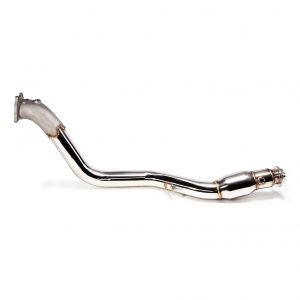Roof inspections are important for identifying potential points and making certain the longevity of your roof. Regular inspections can help detect issues early, preventing pricey repairs or replacements down the road. Here are some frequent strategies and steps for conducting a roof inspection:
Visual Inspection:
a. Exterior Inspection:
Start by examining the roof from the bottom utilizing binoculars or by safely climbing onto a ladder to get a closer look.
Look for visible indicators of damage, such as missing or broken shingles, curling or buckling shingles, or free or deteriorated flashing around roof penetrations.
Check for debris, moss, algae, or lichen progress on the roof, which might point out moisture-related issues.
Inspect the gutters and downspouts for granules from shingles, as extreme granule loss can sign shingle put on.
b. Interior Inspection:
Go into the attic or crawl space and inspect the underside of the roof deck for signs of leaks, moisture, or water stains.
Look for daylight coming by way of cracks or holes within the roof deck, which can indicate roof damage.
Check for indicators of insulation harm, mildew, or mildew progress, which may end result from roof leaks.
Roof Walk:
a. If it is secure to do so, stroll on the roof surface to inspect it up shut.
b. Be cautious and wear applicable security gear, corresponding to non-slip sneakers and a safety harness if needed.
c. Look for any gentle or spongy areas, which could indicate underlying harm.
d. Check for unfastened or broken roofing materials, as well as indicators of put on and tear and tear.
Moisture Detection:
a. Use a moisture meter to detect hidden moisture inside the roof construction and insulation.
b. Moisture detection may help determine leaks or areas of potential water intrusion that will not be seen.
Drone Inspection:
a. Drones geared up with cameras can provide a comprehensive view of the roof floor without the need for direct bodily entry.
b. A drone inspection can be especially useful for bigger or hard-to-reach roofs.
Professional Inspection:
a. Consider hiring an expert roofing contractor or inspector to conduct an intensive inspection.
b. Professionals have the experience, instruments, and experience to establish points that may not be apparent to a home-owner.

Documentation:
a. https://roofrestorationcampbelltown.com.au/downpipe-replacement/">Click here for more info with photos and notes to create a document of the roof's condition.
b. This documentation could be useful for tracking changes over time and for insurance coverage claims or repairs.
It's important to carry out roof inspections frequently, ideally no less than annually, and after severe weather events like storms. Additionally, when you're not comfy or assured in your capability to carry out a roof inspection safely, it's advisable to hire a qualified roofing professional to ensure a thorough and accurate evaluation of your roof's situation..
